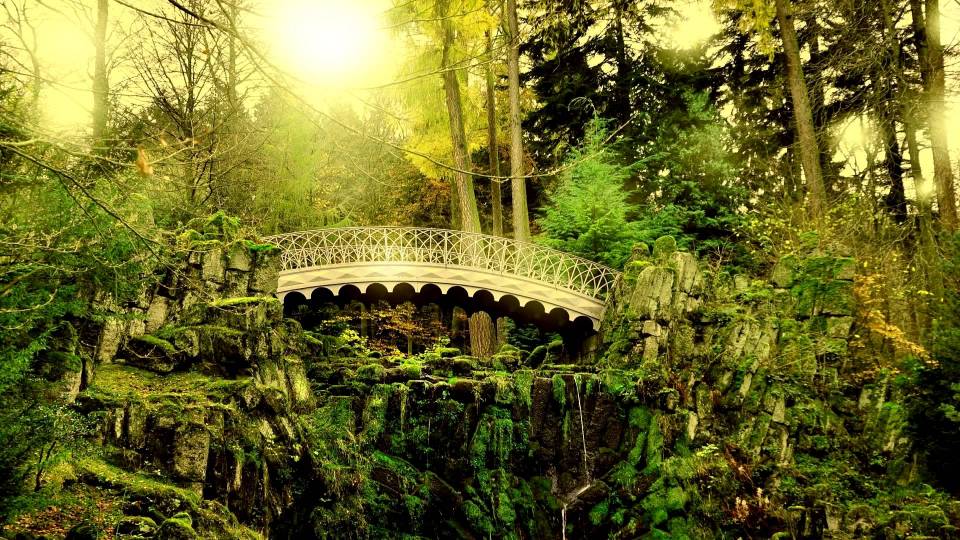Nature Spirits - Elves and Fairies of the Forest
When folklore and legend were a very real part of every day life for the ordinary common folk, spirits were thought to be everywhere. For our ancestors, household, land, forest, and water spirits, were manifest.
Volklore :-) #Folklore #Tradlife #whiteculture https://t.co/H1jvDErDIG
— Volkish Folklorist (@CarolynEmerick) July 19, 2017
A great canon of lore built up around these "Wee Folk" (who were often not actually very little). Mythologists have tended to study the pantheons of great gods and goddesses whose adventures were chronicled in epic legend. The average person, however, interacted with the smaller, more local spirits who surrounded their home, land, and wilderness. Lore surrounding these Wee Folk also survived as living folklore for centuries after Europe’s widespread conversion to Christianity. When mythologies of the prominent deities were stamped out, these "small" spirits (small in comparison to the great deities of myth) represent remnants of the Old Religion that carried on at the local level for many hundreds of years.
The existence of supernatural fairy-like beings was believed by virtually everyone across the social strata until the birth of Science during the Age of Enlightenment. (Science, however, has not completely eradicated these beliefs) The forest was home to many different types of forest spirits, and here we will explore just a few of them.
The Forest: Sacred and Scary
From the early Middle Ages up until the early 20th century, for many folk living in the rural countryside of Europe, the wild aspect of nature was still mysterious. Dangers lurked in the woods and waters. It was believed that spirits jealously guarded their territory and might punish trespassers. On the other hand, spirits could be helpful. When treated with respect, a human might be blessed or rewarded by befriending certain spirits. Because spirits were capable of both good and evil, the wise approach was to use caution when confronted with one.
This was really an allegorical extension of the dangers posed by the forests in general. Woodlands provided sustenance, building materials, and medicinal plants. But, they also were home to fierce predators that once stalked the woods of Europe. Among the most fearsome creatures were wolves, bears, and wild boar. One had to keep their wits about them when walking through the woods because sneaky eyes could be watching.
Fear of the unknown influenced people's folk beliefs, and sometimes spiritual answers were the best solution to misunderstood occurrences. Getting lost, for example, on a path that a traveler had traversed many times over and knew well could be the work of a mischievous fairy. Following a trail unnoticed before could be the work of some unknown entity trying to lure an unsuspecting traveler into another realm.
Foraging for food may, in some cases, cause people to ingest psychoactive plants. There are many wild plants with entheogenic properties that can alter perception or even cause hallucinations. Even without this influence, a weary traveler may see something strange through the mist that he does not understand, which is then attributed to something supernatural.
Read the rest of Carolyn Emerick’s essay here.






















